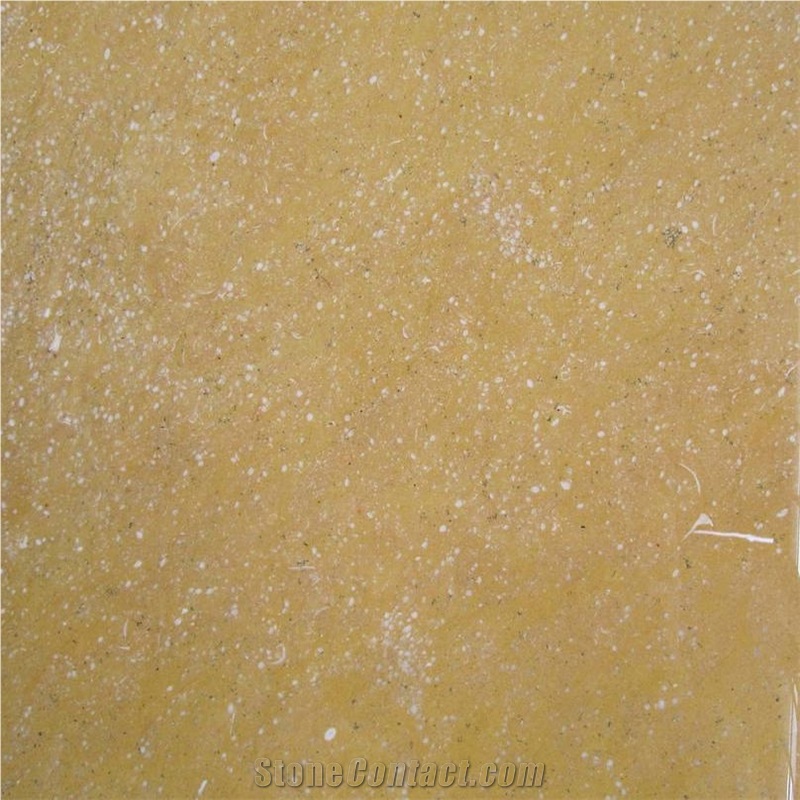Can Iran's Wheat Marble be used exterior applications in very rainy climates?
It is difficult to provide a definitive answer without more specific information about the characteristics of Irans Wheat Marble. However, in general, marbles are not the most suitable choice for exterior applications in very rainy climates.
Marble is a porous material, which means it can absorb water, leading to potential damage or deterioration over time. In very rainy or humid climates, the constant exposure to moisture can cause marble to develop stains, discoloration, or a weakened structure. Additionally, freezing and thawing cycles can further exacerbate this deterioration.
If you are considering using Irans Wheat Marble for exterior applications in a very rainy climate, it is crucial to ensure that the marble is properly sealed and maintained regularly. A high-quality stone sealer can help reduce water absorption, but it is not a guarantee against all potential issues.
Alternatively, there are other natural stone options, such as granite or limestone, that are more suitable for exterior applications in very rainy climates. These stones tend to be less porous and have better resistance to moisture and weathering.
Ultimately, consulting with a local expert or stone supplier who can provide specific information about Irans Wheat Marble and its suitability for exterior applications in a rainy climate would be advisable.
It is difficult to provide a definitive answer without more specific information about the characteristics of Irans Wheat Marble. However, in general, marbles are not the most suitable choice for exterior applications in very rainy climates.
Marble is a porous material, which means it can absorb water, leading to potential damage or deterioration over time. In very rainy or humid climates, the constant exposure to moisture can cause marble to develop stains, discoloration, or a weakened structure. Additionally, freezing and thawing cycles can further exacerbate this deterioration.
If you are considering using Irans Wheat Marble for exterior applications in a very rainy climate, it is crucial to ensure that the marble is properly sealed and maintained regularly. A high-quality stone sealer can help reduce water absorption, but it is not a guarantee against all potential issues.
Alternatively, there are other natural stone options, such as granite or limestone, that are more suitable for exterior applications in very rainy climates. These stones tend to be less porous and have better resistance to moisture and weathering.
Ultimately, consulting with a local expert or stone supplier who can provide specific information about Irans Wheat Marble and its suitability for exterior applications in a rainy climate would be advisable.
 Iran
Iran
















 China
China

 China
China
 Verified Supplier is for prove company authenticity,including business license,trade license and effective office space,to enhance buyers' trust to suppliers and their products, reducing communication costs.
Verified Supplier is for prove company authenticity,including business license,trade license and effective office space,to enhance buyers' trust to suppliers and their products, reducing communication costs.


 China
China







 South Africa
South Africa United States
United States